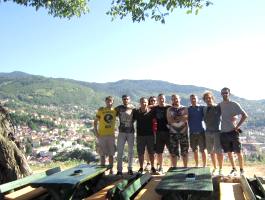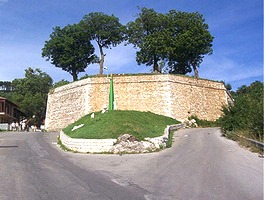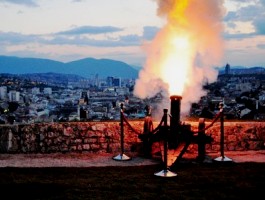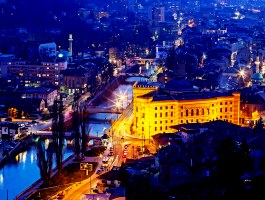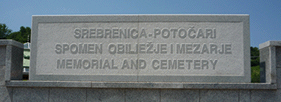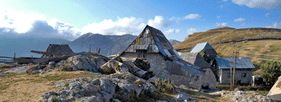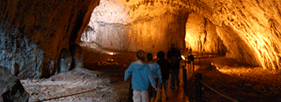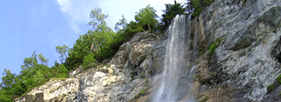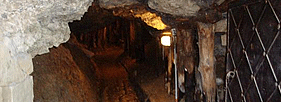The Yellow Fortress: a magnificent view of Sarajevo
The Yellow Fortress is one of the fortifications that made up the defensive wall of the old town, Vratnik. Since it is positioned up on Jekovac Cliff, it is also known as Jekovac Fortress.
The Yellow bastion is built of rough hewn stone. The bastion is basically a polygon whose seven external sides are 10 meters long, and the eight side, facing north, is 27.5 meters long. The thickness of the wall is 35 cm and the preserved height of walls is 7.5 m. On the northern side there are stairs and one facility for soldiers, and on the southwest side is a Muslim cemetery. In 1878 the part of the wall on the east of bastion was broken. Until 1946 there was a gate on its west side, but that year it was demolished in order to expand road. The Yellow bastion was repaired two times during Austro-Hungarian Administration, on 1883 and on 1903.
After Eugene of Savoy sacked Sarajevo in 1697, it was shown that the little fortress, which was where the White Fortress is today, wasn’t sufficient to defend the city from attack, so the Bosnian Governor, Gazi Ahmed Pasha Rustempašić Skopljak, commissioned work on fortifying Vratnik in 1729. The fortress lost its original function once the Austro-Hungarians took over Sarajevo.
Five bastions were placed at points along the fortified wall, including the Yellow Fortress, which takes its name from the yellow rock that was used in its construction.
This is also the spot where a cannon is fired at sunset during the Islamic month of Ramadan to mark the time for breaking the fast.
Today, it offers a fantastic view of the city and is one of Sarajevo’s most popular vantage points.
